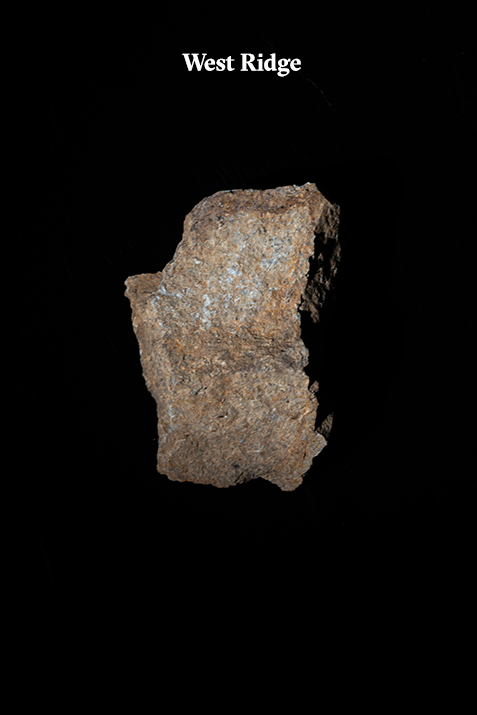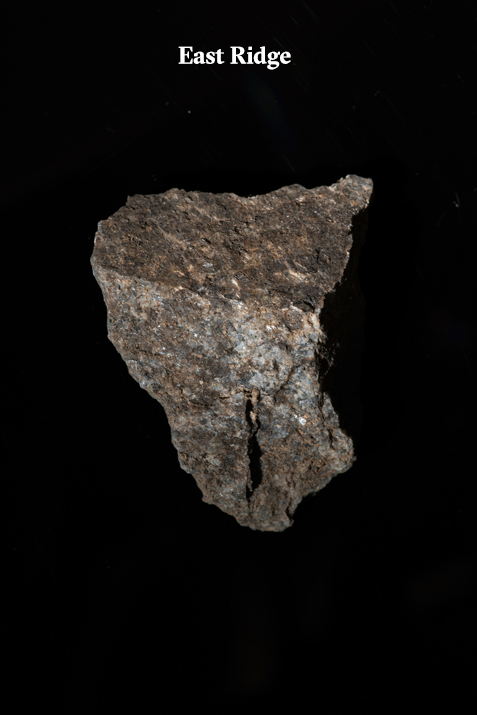002 : Bukit Timah and the Granites
- Super System
- May 1, 2020
- 2 min read
Characteristics
Granite is a common type of felsic igneous rock that has a granular and phaneritic type of texture. They are usually white, pink or grey in colour, depending on their mineralogy. Granite is nearly always massive, hard, and tough. These properties have made granite a widespread construction stone throughout human history. Granite has poor primary permeability overall, but strong secondary permeability through cracks and fractures if they are present.

Granite is a rock that is mined from around the world. The rock is formed by slowly cooling pockets of magma that were trapped beneath the earth’s surface. Most scientists will say it is very unlikely for fossils of any kind of be found in granite because of granite forms at great depths, under conditions that would obliterate organic tissue. So, not only is the formation process a bit harsh, but the granite remains molten for millions of years before cooling.
Field Notes [24.04.20]
Location: Dairy Farm Quarry
We made our first field trip to Dairy Farm Quarry as it was the most accessible space where we could observe and study the exposed rocks.
0700
Space was quiet with barely any human activity. We were the only ones for a good 20 minutes before other park users started to appear around the area but it was still less than 10 people using the space. Most users were doing static exercises or passing through on their bicycles. A mountain bike trail runs across the back of the quarry.

East Ridge
We started off with the East Ridge as the prominent exposed rock faces drew our attention the most. The East Ridge was also much bigger than the West Ridge. Evidence of water seeping through the cracks was also found on the East Ridge. This also confirmed that there was groundwater underneath the East Ridge. We also noticed bolting points on the rock surfaces done by rock climbers. A prominent Albizia tree (approximately 20m tall) growing near the East Ridge can be used as a landmark too.
West Ridge
After exploring the East Ridge, we headed towards the West Ridge. The crack patterns on the rock faces were somewhere a tad different. Cracks were more prominent and straight. It definitely looked unnatural ( might have been caused by human intervention). The West Ridge also had less foliage and less exposed rock faces.
We took samples of granite rocks from both ridges. Samples from the West Ridge tend to have more red sediments/minerals on them whereas some of the samples from the East Ridge had samples that were less smooth and more porous.


























Comments